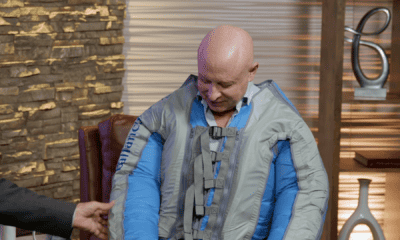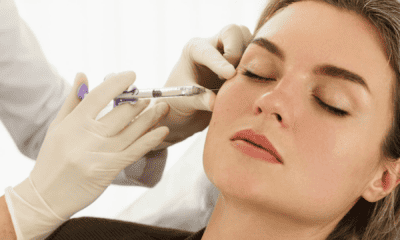When it comes to growing trends in plastic surgery, vaginal rejuvenation continues to hold a prominent place. The area was somewhat unknown for a long time in terms of treatments – many did not know that seemingly “normal female issues associated with age can be corrected, both aesthetic and functional issues. From stress urinary incontinence to dryness, vaginal issues are finding solutions with improved technology. The continued rise in non-surgical devices has even more would-be patients sticking their heads into the door to see what the options are.
In this round table discussion, board certified plastic surgeons discuss the efficacy of some of the latest non-surgical vaginal rejuvenation devices, why patients are looking for help, and the positive outcomes that can be achieved with tempered expectations.
Vaginal Rejuvenation – The “Secret Star” of Modern Plastic Surgery
Beyond surgeons and physicians, the utterance of the word “vagina” still may stir a level of impropriety, even in the culturally relaxed and far more open society enjoyed today. There’s just something private about it; if speaking of it in general is already somewhat uncomfortable, mentioning physical or functional deficiencies is certainly off the table. “It’s pretty interesting in that this is a huge topic,” shares board certified plastic surgeon Dr. Craig Colville of Ohio. “If you poll people quietly, they’ll all check it on a list [as something that bothers them].”
They’re checking the box because these issues are real and intrusive. The numerous issues that women face post-pregnancy and as they age used to be considered just products of an aging body, rather than a problem that can be solved. With a growing selection of non-surgical treatments, many patients are finding significant relief.
“I think the two technologies that are out there the most are laser and radio frequency,” shares Colville. “I’ve gone the radio frequency route; I don’t want any downtime. The radio frequency that we use is ThermiVa, and it’s internal and it’s external. It helps with mom bladders, it helps with tightness, laxity and dryness.”
Conversely, board certified plastic surgeon Dr. Tiffany McCormack argues in favor of the laser approach, utilizing the Lumenis FemTouch co2 laser in her Reno practice. “The advantage is that there’s really no downtime at all; it’s a 5 minute treatment. Usually 3 treatments 6-8 weeks apart, and it really helps with stress urinary incontinence, dryness, and painful intercourse.”
How to Select the Right Device
When it comes to non-surgical devices aimed at vaginal rejuvenation, there are many. On a panel of 4 board certified plastic surgeons, 3 differing technologies are employed. While this is enough to concern and force surgeons to perform their own due diligence as to device efficacy, it’s even more confusing for would-be patients. How is one to know which one is right for specific ailments and issues? Or, more simply, which ones actually work?
“If we’re going to practice evidence-based medicine, what is the evidence?” questions board certified plastic surgeon Dr. Richard Restifo of Connecticut. “When there’s 10 different modalities, you have to figure out what’s the right one.”
This point leads back to the dance technology companies perform between delivering a successful product and marketing a product successfully. At the end of the day, some products will make a company profit because it works really well. Others will make profit because they’re marketed really well. Differentiating between the two can be tough without experience.
Patient Goals and Conversation are Key
“What it really comes down to is asking each patient what they’re hoping to accomplish with it and trying to tailor your treatment to them,” shares board certified plastic surgeon Dr. Mary Gingrass of Nashville. No matter the area of interest, the consultation with a plastic surgeon is one of, if not the, most critical moments in the entire process. During this conversation, a patients desires, issues, and goals can be translated into procedures that will specifically address their unique problems.
This process has been honed thanks to the myriad of information and discussions available to patients on the internet. Instead of coming in with vague desires, more and more patients arrive with information that can readily help centering upon a course of action.
“People are coming much more educated now,” shares Gingrass. “It used to be that people would come in for a labiaplasty and really what they were looking for was vaginal tightening. I think that people are becoming more educated and know what they want now. The conversation is really important.”
While uncharted territory seems to be the situation with many vaginal rejuvenation modalities and treatments, the fact of the matter is patients are finding results. As results are continually found for the inescapably annoying symptoms of vaginal aging, the interest will continue to rise.


















Facebook
Twitter
Instagram
YouTube
RSS